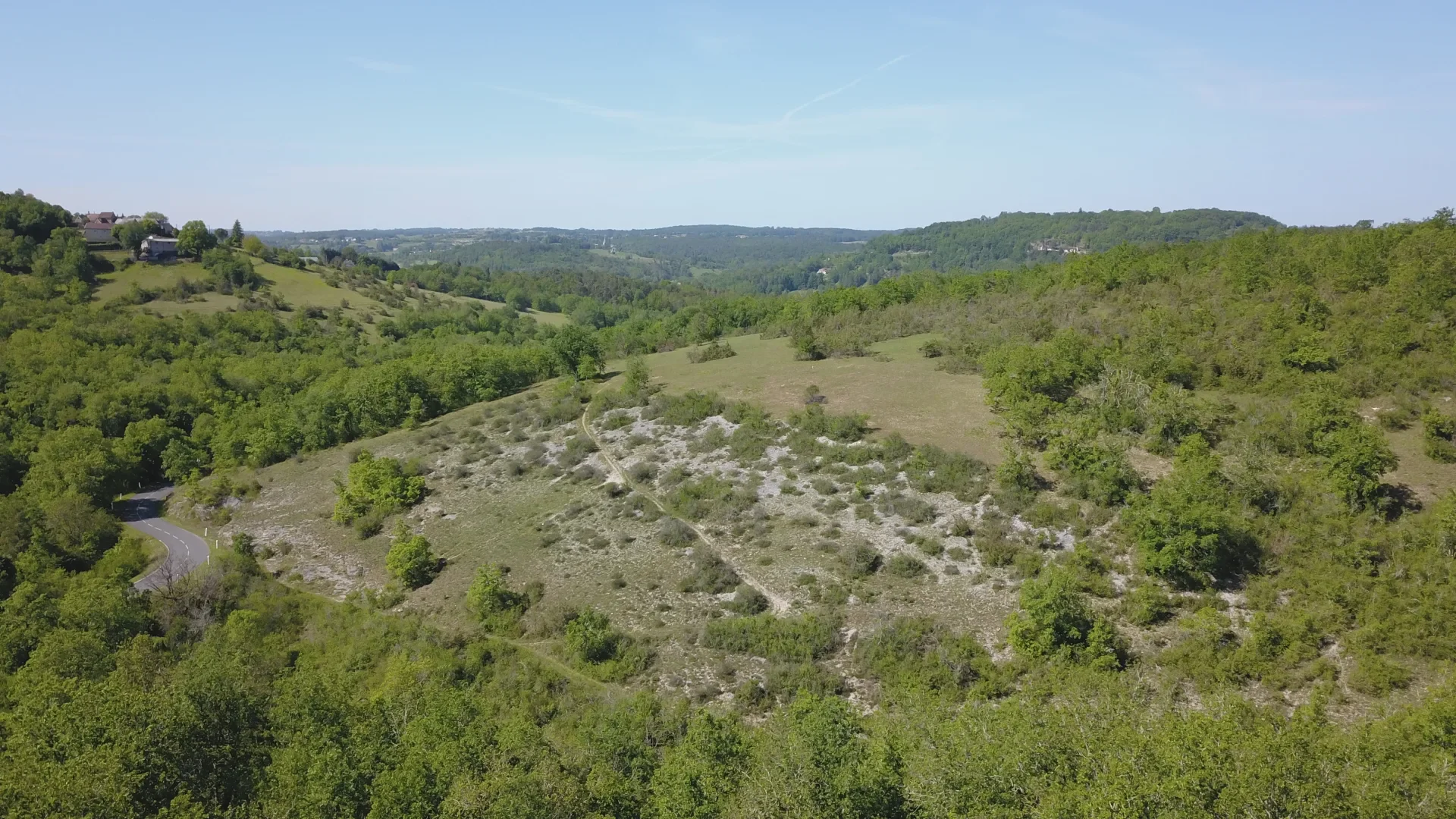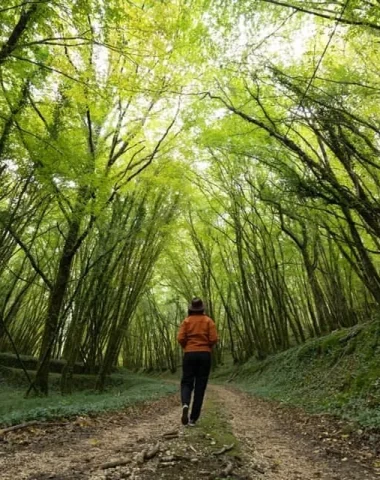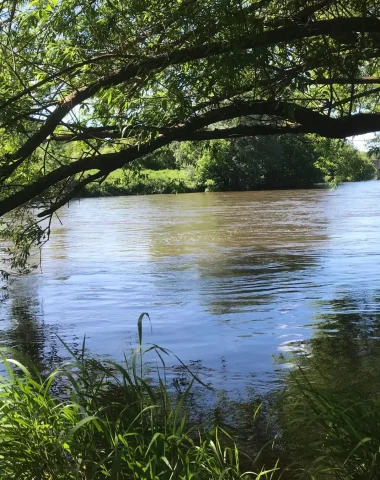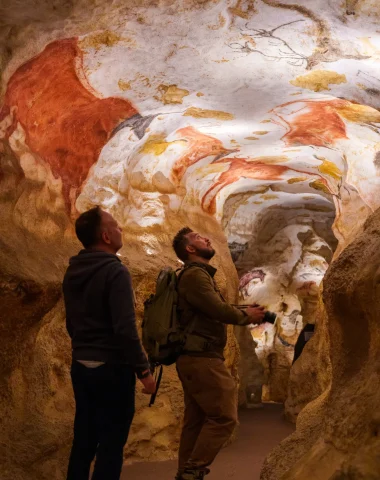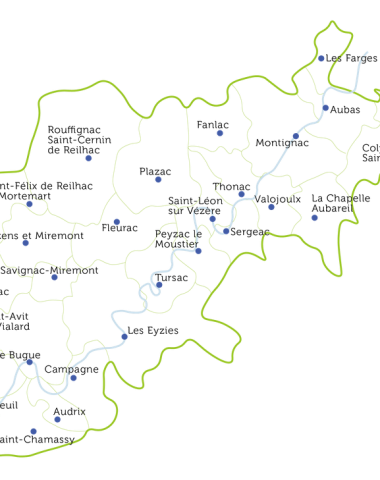The Vézère valley has a particularly rich biodiversity due to the presence of very diverse environments: forests, caves & cliffs, wetlands, rivers & bodies of water, limestone hillsides. It benefits from numerous protected areas and is notably part of the “World Biosphere Reserve” of the Dordogne basin, recognized by UNESCO.
Forests
This rural territory is 60% covered by forest, mainly composed of chestnut trees and downy oaks. There are also maritime pine, Scots pine and pedunculate oak. These often mixed species are present in young forests as well as in mature ones.
There are species of birds such as the black woodpecker and the woodpecker, the tawny owl and the Bonelli's warbler. The spotted salamander is present in forest ponds. The Barbastelle, a bat with a flattened snout, as well as a host of insects such as the Bacchante, the Morio (both butterflies) and the wood cricket are also present. Among the trees such as the pedunculate oak or the chestnut, we find well-known plants such as the cranesbill, lily of the valley or the bird's nest neottie (orchid).
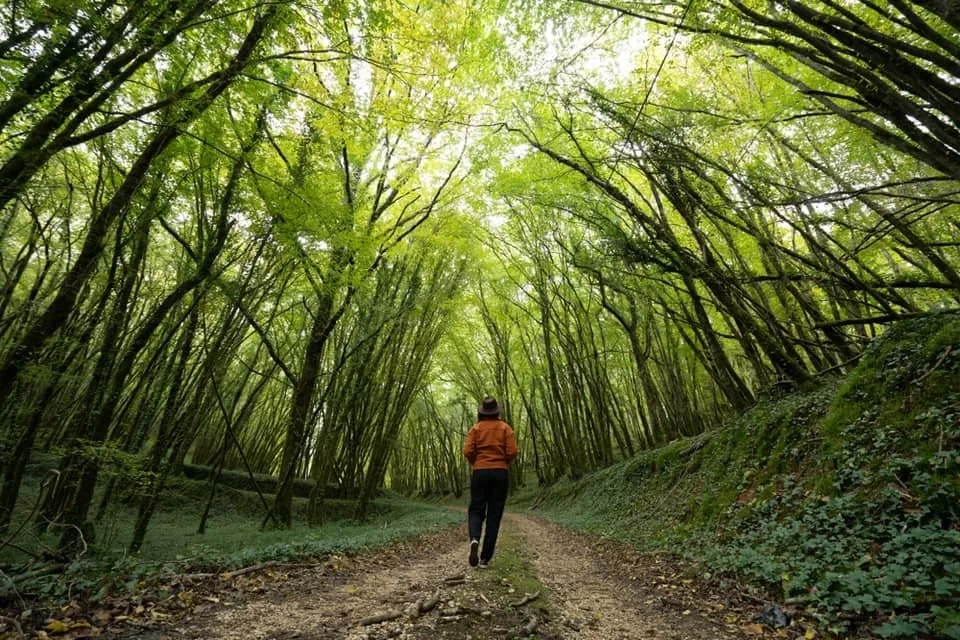
Cliffs and caves
In Dordogne, the cliffs were created a long time ago, when tectonic movements caused the retreat of the sea. The limestones born from the organic debris of the sea have completely modified. The valleys deepened and the exposed rock was influenced by the temperatures. The limestone rock has cracked, eroded and revealed several layers of more or less hard limestone.
The top of the cliffs in the Vézère Valley are colonized by vegetation such as the Alpine Cress, the three-leaf Valerian and we come across fauna dependent on this environment, such as the European Grand Duke, or the Savi's Vspére which is a bat.
On the slope, the cliff is poor in vegetation as the conditions are harsh, with
particularly sunshine and wind. And yet, this mineralization with erosion welcomes living things, we thus find the echelon tichodrome, the ocellated lizard or the great Coronide.
Wetlands and rivers of the valley
Wetlands are environments where water is present over a long period of the year, they are home to fauna or flora species characteristic of waterlogged environments. There is also talk of a buffer zone between aquatic and terrestrial environments which makes wetlands particularly important, despite the pressures weighing on these environments.
In wetlands there are many subhabitats, all different but all important. On the edge of wooded watercourses, we will, for example, encounter the black alder, the kingfisher and the viper snake.
In wet meadows supplied with water either by alluvial water tables or by river floods, we will encounter the marsh fern, the gray heron, the marsh copperhead or the bloody locust.
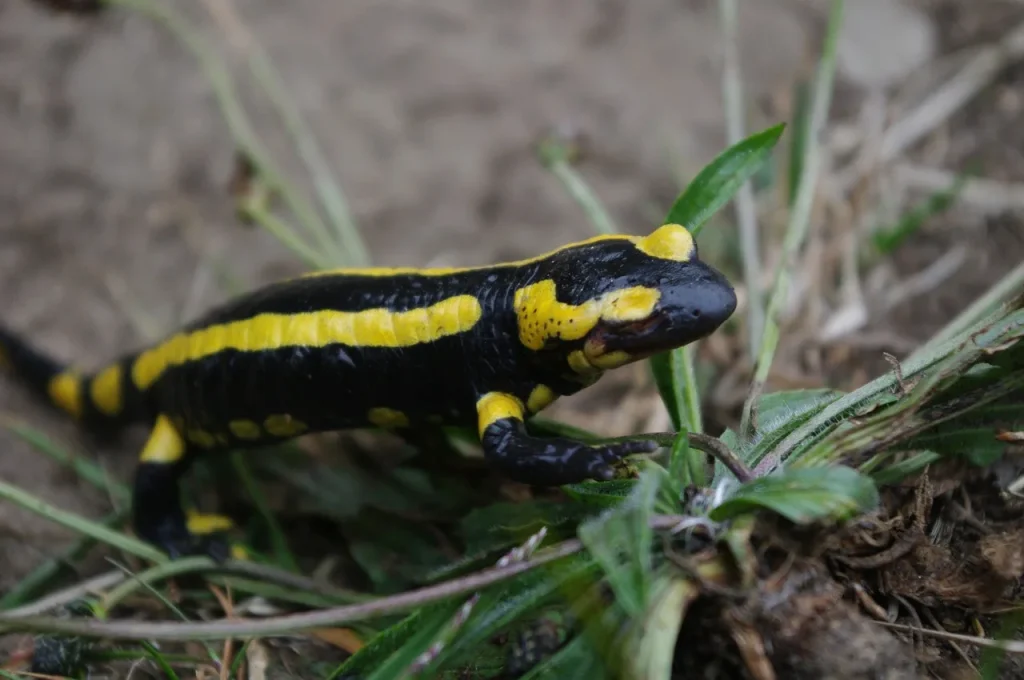
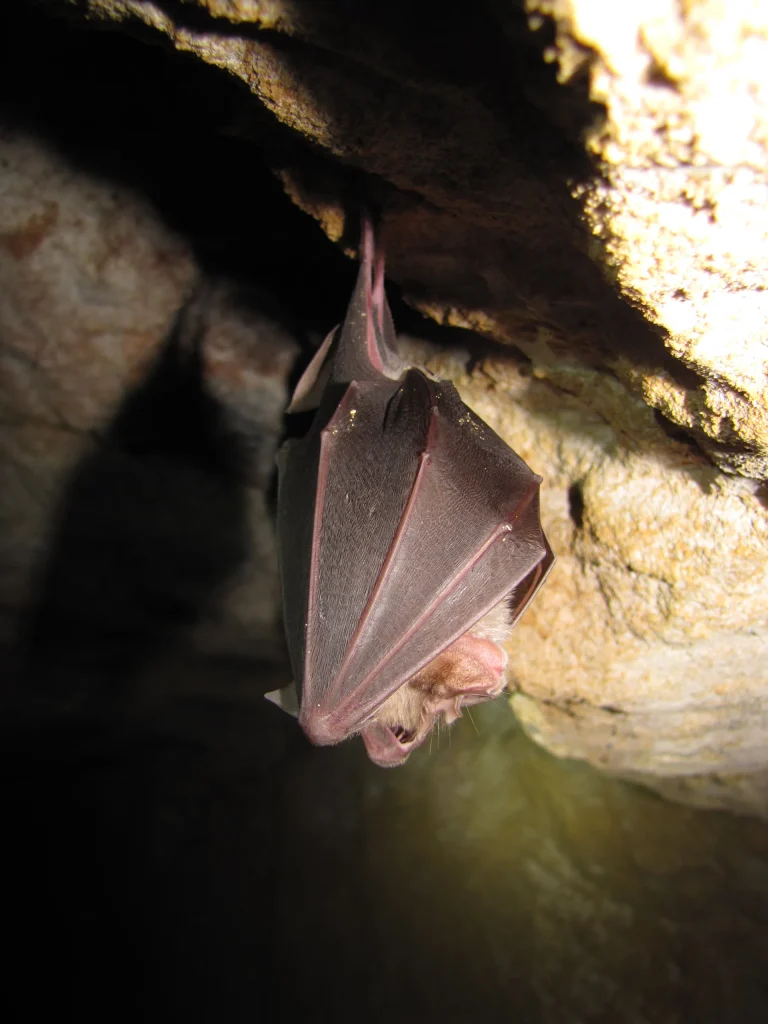
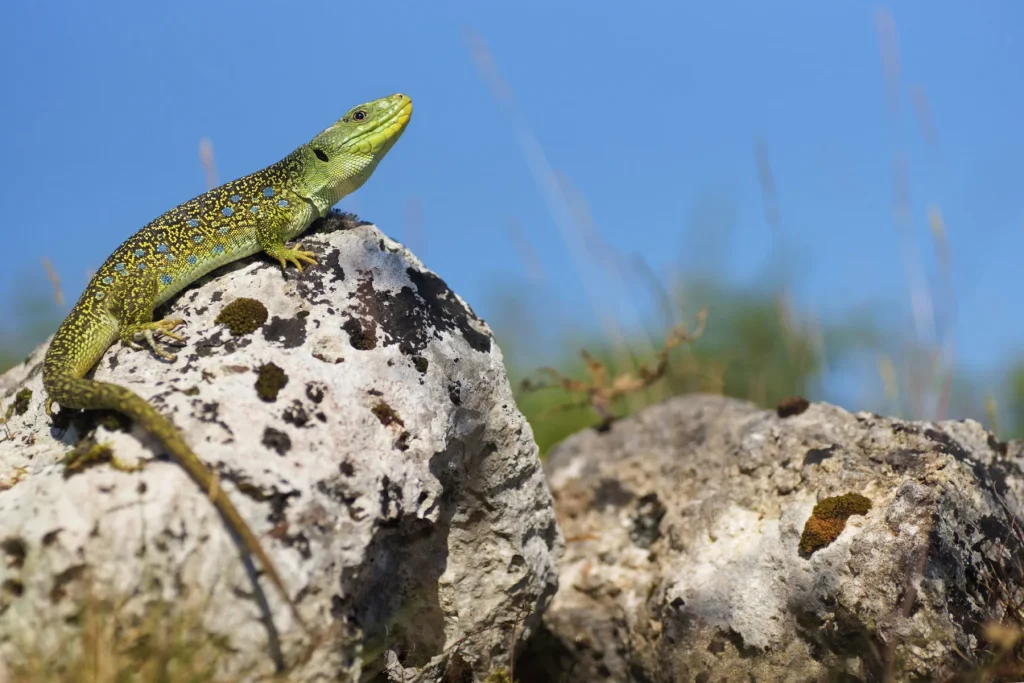
Ponds and bodies of water
Ponds or bodies of water, of natural or anthropogenic origin, are all different. Whether they are fed by rainwater or rising water tables, they are vulnerable to climatic hazards and are dependent on their environment. Their characteristics influence the distribution of plant and animal species. We can see the warbler, the coot, the agile frog, the marbled newt, the Swiss snake and insects such as the depressed dragonfly, the small fiery-bodied nymph, the marsh cricket among plants like the 'Hottony of the marshes or the yellow water lily.
The limestone hillsides
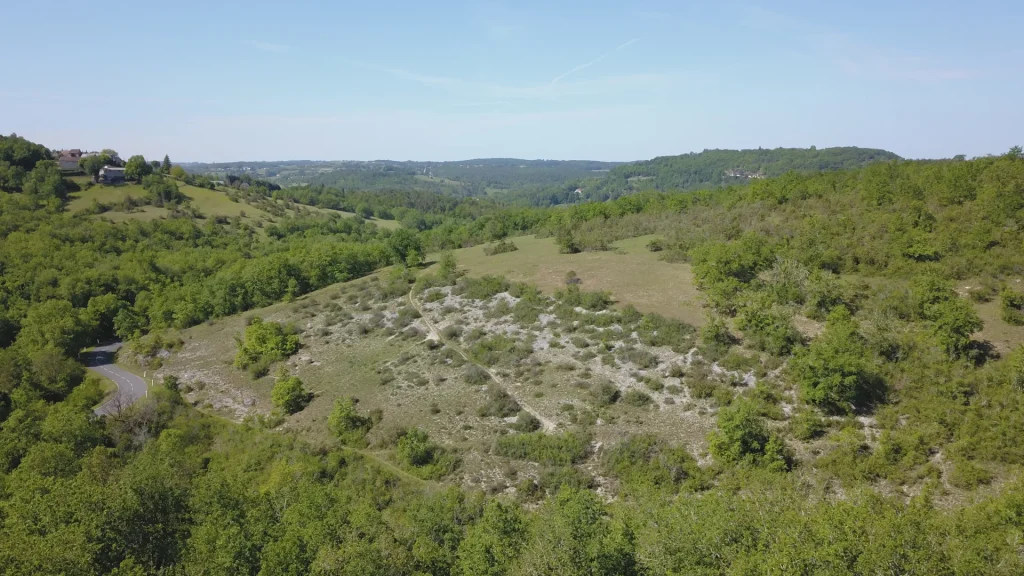
It is a slope with low vegetation, made up of limestone rocks. The hillsides are made up of several habitats called “calcicoles”, which develop on limestone soils. The particularity of the environment is characterized by its biological diversity.
In dry lawns, resulting from ancient clearing, maintained by pastoralism, we find the field cricket, the blue thyme, the ocellated lizard, or the Girondine coronella among remarkable plants such as the sandwort or the Inule mountains.
In the calcareous meadows, similar to an edge but resulting from a gradual closure of the lawn, we will encounter near a terebinth pistachio tree, the European nightjar.
